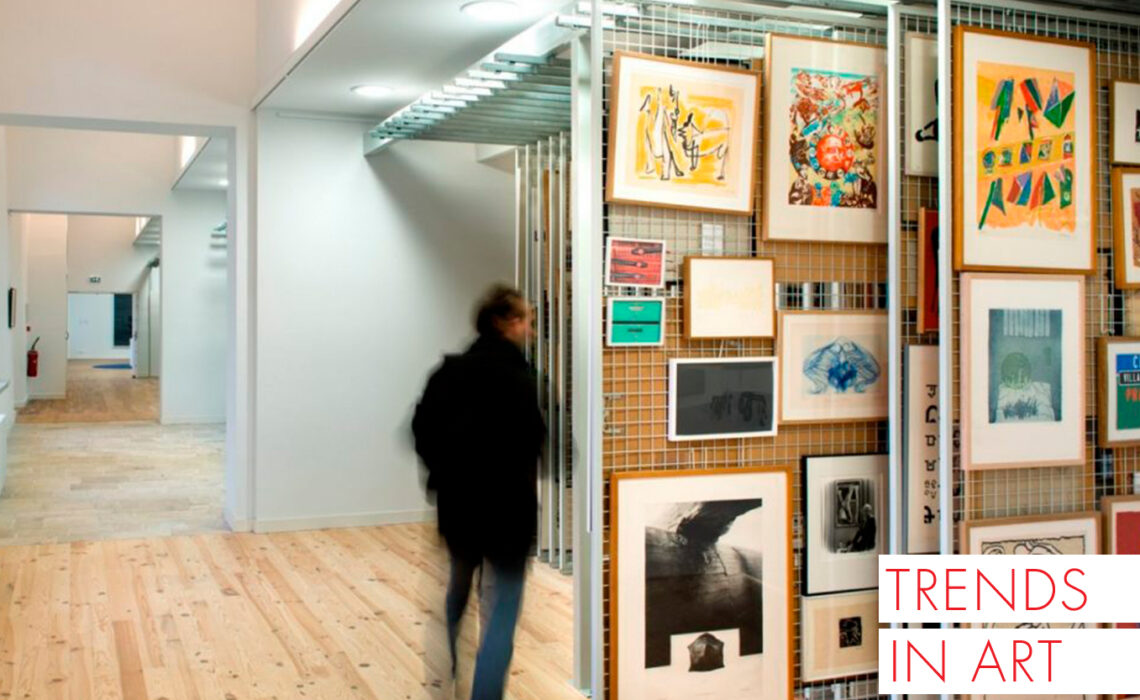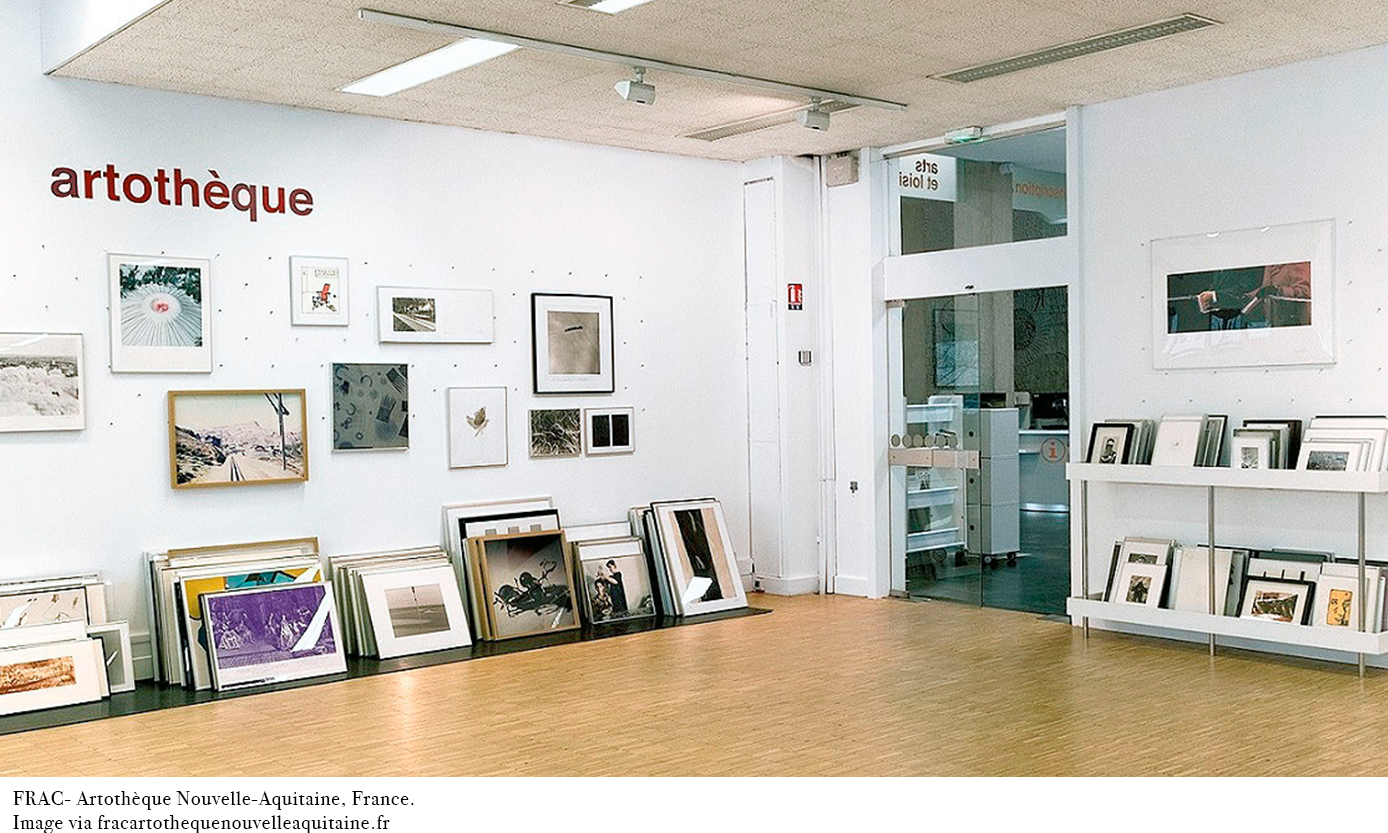
The Rental of Works of Art
By Sybaris
The world has radically changed. It is not that analogous processes have become digital: social processes have changed. The ways of communicating have changed. And the way of understanding the economy has also changed. We haven’t realized it yet, but the world is going to be very different from how we knew it a couple of years ago.
Although this phenomenon is not new, the Artotekas seem to have an opportunity like they have not had before. The business model is as follows: an Artotekas connects with young artists who are looking for places to exhibit their pieces. The Artotekas rent these works for public spaces, such as schools. That way, people can appreciate them and become familiar with pieces that they would not be able to see in a normal situation. The pieces of art can be acquired by a buyer eventually.
The idea of the Artotekas currently has its best boom in territories such as the Basque Country and Madrid, but it has also taken place in France, Mexico, Germany or Finland. Perhaps the Artotekas join the social tendency of not owning objects but renting them: an experience less of collection and more of mental appropriation. Rented artworks will live in the memory of viewers who are not typically art consumers.
In an interview with Laura Díez—cultural manager and coordinator of the Artoteka project in Bilbao—ICON Design mentioned: “The lack of training in schools and direct contact with artists are some of the reasons why this generalized detachment towards art continues to predominate in society. “The language that art uses and how it communicates is also partly to blame,” continues Díez. ‘That is why it is important to look for meeting places so that people who are curious about this discipline – and not everyone who has it – do not find a wall on their way. Bringing the figure of the artist closer to schools, or visiting his/her workshop to discover how he works would be a good start’.”
Will this new trend help the art market improve? Is this an interesting way to spread the word to younger artists who often lack opportunities to show their work in galleries and museums?



